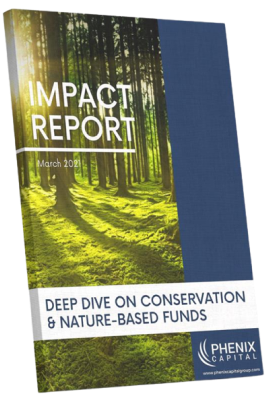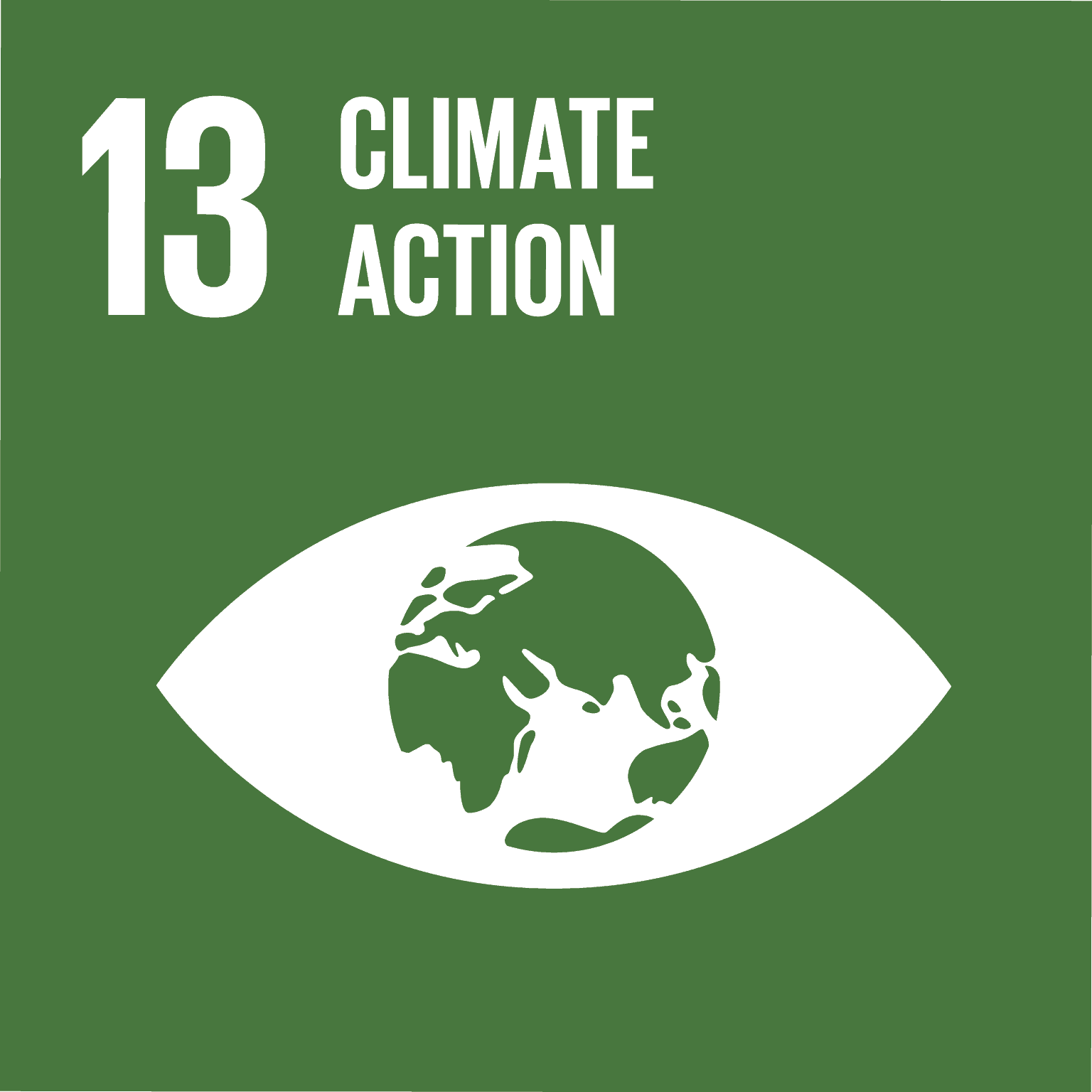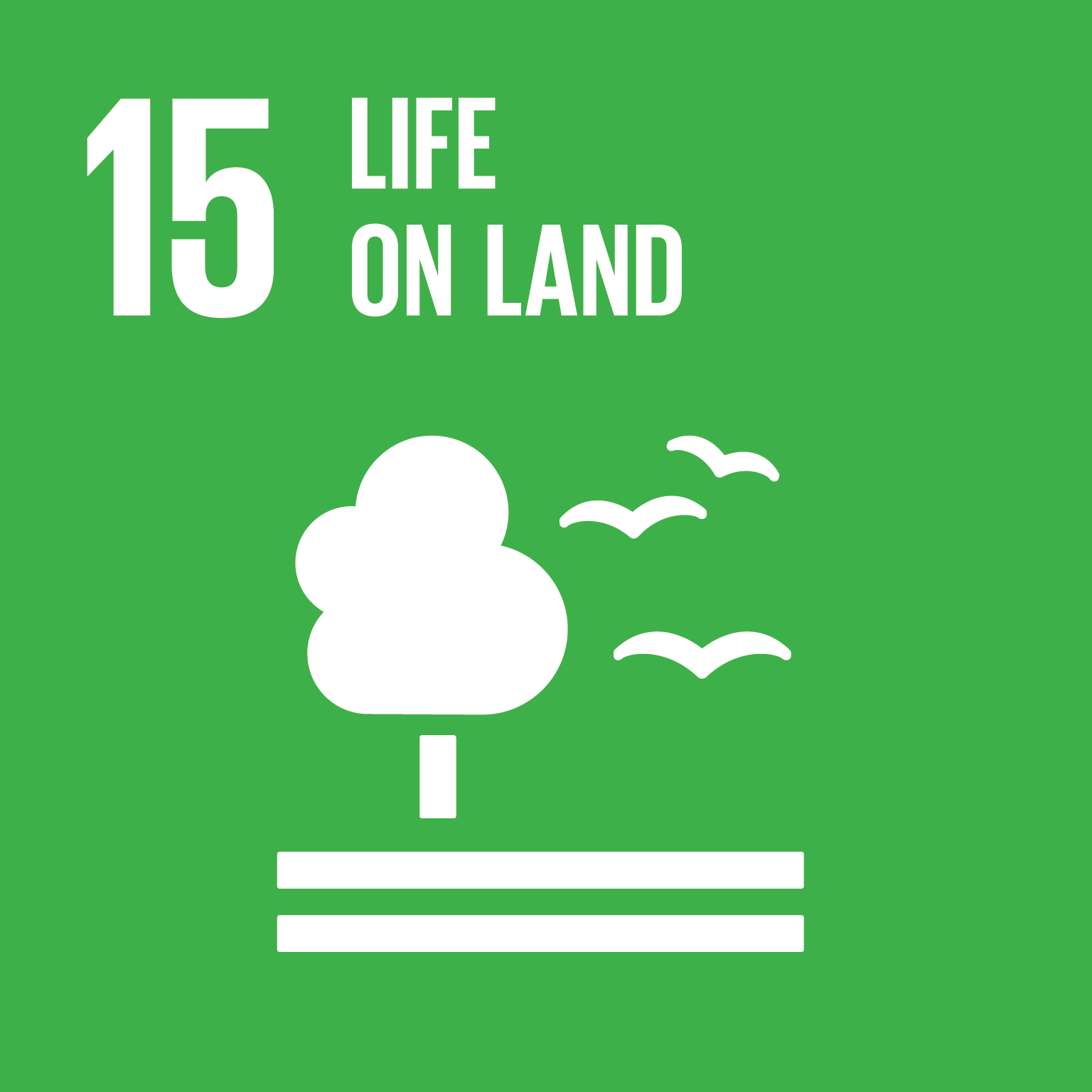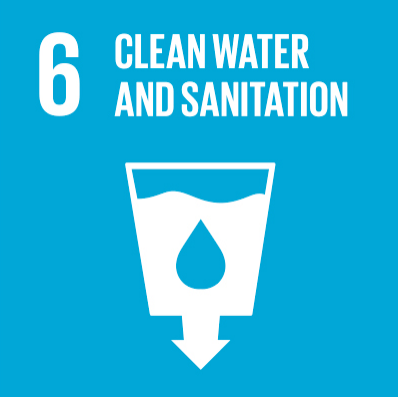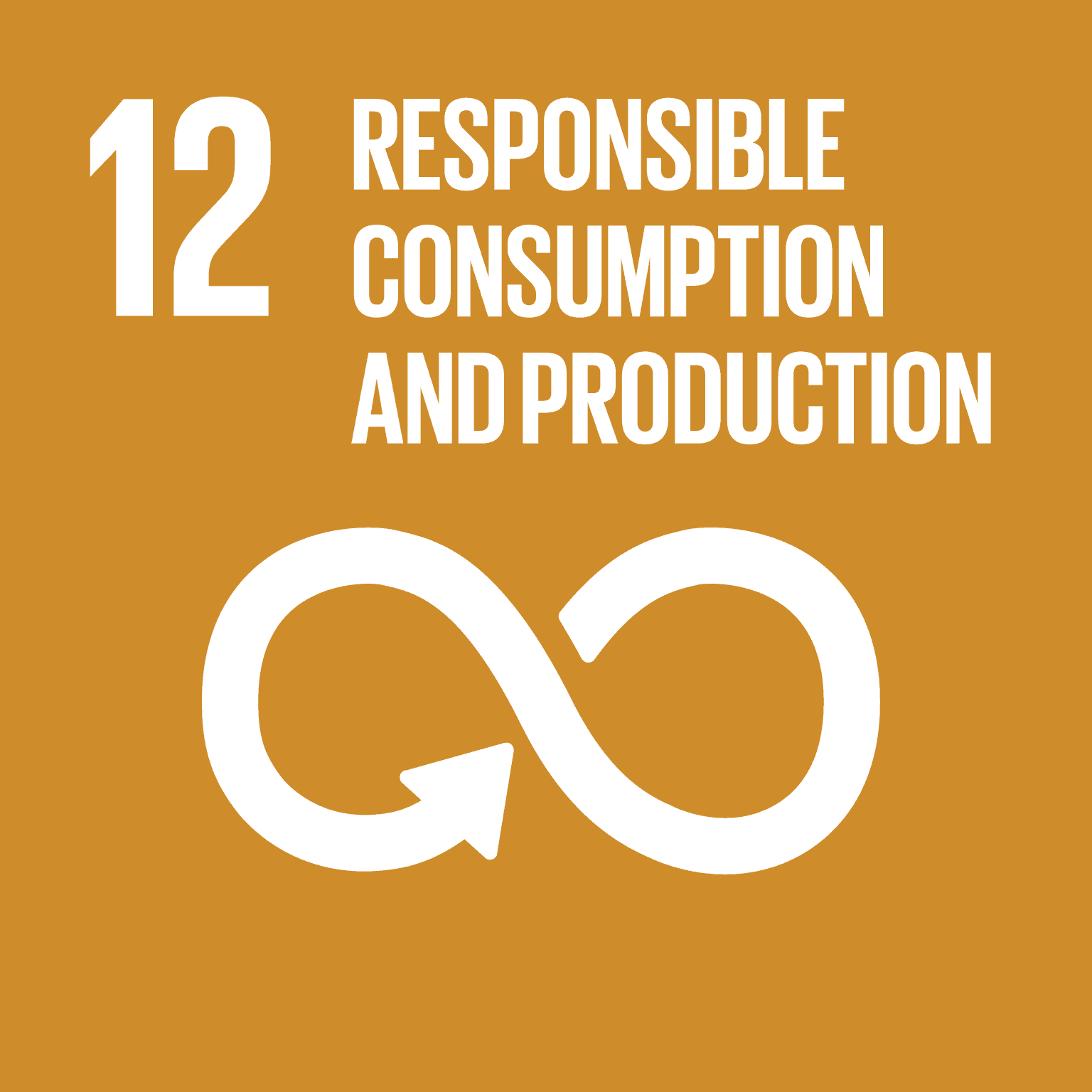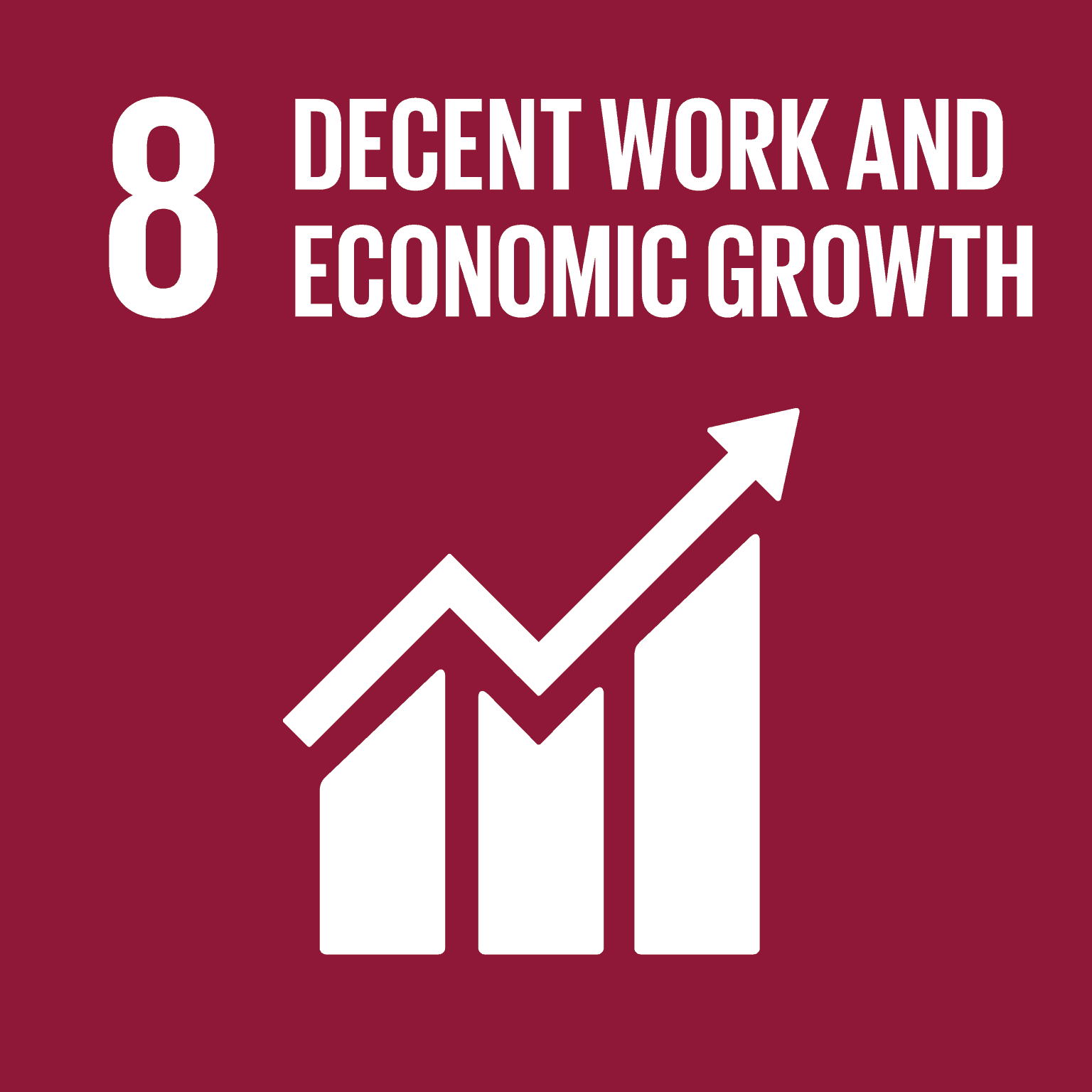Timberland and Forestry

Timberland and Forestry, what it is?
Timberland & forestry investment is an ownership or management of productive forest lands focused on biodiversity preservation, biological growth and sustainable timber sales.
Timberland includes both the land and the timber of forests of tree species typically used in the forest products industry. While the underlying land is a natural resource, timberland requires some level of ongoing management.
In our report IMPACT REPORT: DEEP DIVE ON CONSERVATION AND NATURE-BASED FUNDS, we provide an overview of past trends by looking at historical capital commitments (from 2015 onwards) and look forward by analysing current fundraising activities. Next to the insights and analytics provided by our Impact Database, the report also features interviews with industry practitioners New Forests and BNP Paribas Asset Management, offering insights into how private and public market funds can make important contributions to protecting natural capital.
Types of timberlands and forestry
Timber sales: Revenues through timber sales in addition to the capital appreciation of the forest itself. Interim revenues vary by type of timber and its intended use (e.g., furniture, housing and other construction, paper). Additionally, investors can drive the asset's business value through improvements in operations and business management and the provision of capacity-building support.-
Sales of other forest products: Such products can vary widely; funds included in this study cited sales of rubber and latex, honeybee products, and minerals, among other sources, as key revenue sources.
-
Sales of carbon offsets: Carbon offsets are reductions in carbon dioxide or other greenhouse gas emissions intended to counterbalance emissions made elsewhere. Such offsets can be sold to individuals and organizations seeking to reduce their carbon footprint; the revenues generated from these sales can fund the purchase and sustainable management of forests, among other types of environmentally conscious projects.
-
Leasing of land or land rights: Managers that own forest assets can offer leases or temporary rights to hold and use land, to a wide range of lessees, for a fee.
-
Sale of land rights for permanent conservation (e.g., easements): Working forest conservation easements (WFCEs) are legal agreements between landowners and eligible organizations such as land trusts or government agencies that restrict future activities on the land to protect conservation values.
